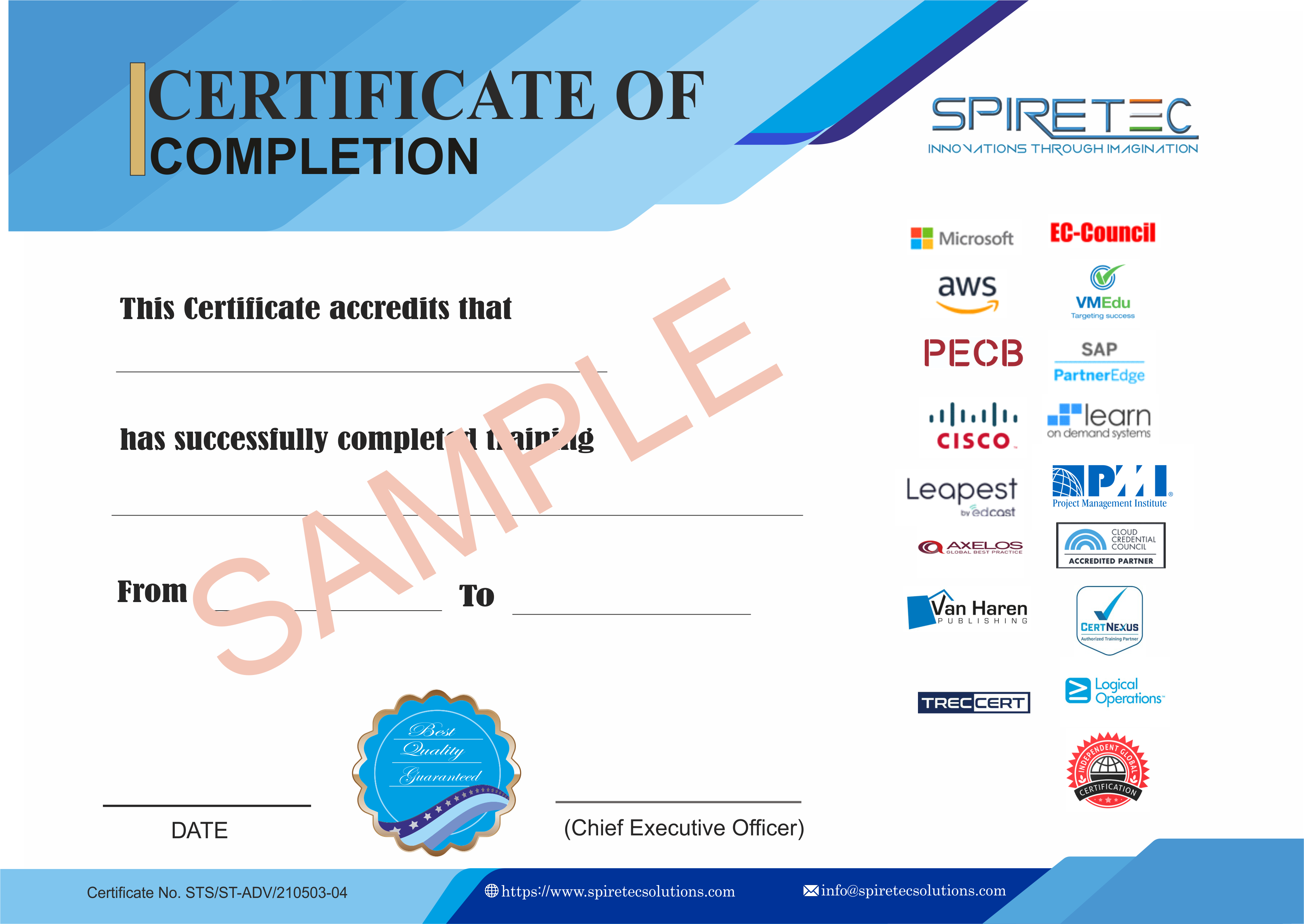As a candidate for this certification, you analyze business requirements and translate them into fully realized business processes and solutions that implement industry-recommended practices. You have a fundamental understanding of accounting principles and financial operations as they relate to core tasks in the finance and operations apps, manufacturing, retail, and supply chain management operations. As a candidate for this exam, you specialize in one or more feature sets of Dynamics 365 Finance including general ledger, accounts payable, accounts receivable, credit and collections, cash and bank management, budgeting, fixed assets, asset leasing, tax, expense management, subscription billing, cost accounting, cost management, and consolidation and elimination. This course covers the financial aspects of Dynamics 365: configure and use essential financial components, accounts payable, accounts receivable, collections, budgeting, fixed assets, and additional functionality.
Audience Profile:
A Dynamics 365 Finance Functional Consultant is responsible for discovering, capturing, and translating business requirements into configured solutions. This role involves engaging with subject matter experts and stakeholders to implement solutions using out-of-the-box capabilities, codeless extensibility, and service integrations within Dynamics 365 Finance.
At Course Completion:
After completing this course, students will be able to:
-
Understand and perform financial operations using Dynamics 365 Finance.
-
Utilize tools and features for managing financial processes, including general ledger, accounts payable, accounts receivable, and budgeting.
Prerequisites:
Course Outline:
Module 1: Financial Management
Lessons:
Module 2: Configure Currencies
Lessons:
Module 3: Create Fiscal Calendars, Years, and Periods
Lessons:
Module 4: Configure Chart of Accounts
Lessons:
-
Introduction
-
Define and Configure the Chart of Accounts
-
Define and Configure Financial Dimensions
-
Define and Configure Account Structures and Rules
-
Practice Labs
Module 5: Configure Ledger and Journals
Lessons:
Module 6: Configure Cash and Bank Management
Lessons:
-
Introduction
-
Bank Transaction Types and Groups
-
Setup Cash and Bank Management Parameters
-
Configure Banks and Bank Checks
-
Deposit and Refund Checks
-
Cash Flow
-
Practice Labs
Module 7: Use Cash and Bank Management
Lessons:
Module 8: Configure Letters of Credit and Guarantees
Lessons:
Module 9: Perform Daily Procedures
Lessons:
Module 10: Intercompany Accounting
Lessons:
Module 11: Configure Ledger Allocations and Accruals
Lessons:
Module 12: Configure Sales Tax
Lessons:
Module 13: Configure Accounts Payable
Lessons:
-
Understand Task Recorder Functionality
-
Configure Accounts Payable Parameters
-
Create and Maintain Vendors
-
Configure Accounts Payable Charges
-
Configure and Use Positive Pay
-
Practice Lab
Module 14: Perform Accounts Payable Daily Procedures
Lessons:
-
Introduction
-
Process Orders, Invoices, and Payments
-
Manage and Apply Prepayments
-
Practice Labs
Module 15: Use Accounting Distribution and Invoice Validations
Lessons:
Module 16: Configure Accounts Receivable
Lessons:
-
Configure Accounts Receivable
-
Create and Maintain Customers
-
Setup Customer Posting Profiles
-
Configure Accounts Receivable Charges
-
Practice Lab
Module 17: Perform Accounts Receivable Daily Procedures
Lessons:
Module 18: Configure Credit and Collections
Lessons:
-
Introduction
-
Configure Credit and Collections Components
-
Setup and Manage Interest
-
Waive, Reinstate, or Reverse
-
Setup and Manage Collection Letters
-
Practice Lab
Module 19: Process Credit and Collections
Lessons:
Module 20: Configure Post-Dated Checks
Lessons:
-
Introduction
-
Dated Checks
-
Manage Post-Dated Checks
-
Practice Labs
Module 21: Configure and Use Basic Budgeting and Budget Control Processes
Lessons:
-
Introduction
-
Configure Basic Budgeting Components
-
Configure Budget Control Components
-
Create and Test Budget Registry Entries
-
Use Inquiries and Reports
-
Practice Labs
Module 22: Configure and Use Budget Planning Processes
Lessons:
Module 23: Configure Fixed Assets Management
Lessons:
Module 24: Manage Fixed Assets
Lessons:
Module 25: Configure and Use Cost Accounting
Lessons:
-
Introduction
-
Cost Control Workspace
-
Practice Lab
Module 26: Configure and Use Periodic Processes
Lessons:
-
Introduction
-
Bank Reconciliations
-
Configure Financial Period Close
-
Prepare Periodic Filings
-
Run Foreign Currency Revaluation Processes
-
Perform Financial Consolidations
-
Process End of Year Close
-
Practice Labs
Module 27: Configure the Electronic Reporting Framework
Lessons:
Module 28: Configure Localized Features
Lessons:
-
Introduction
-
Localization and Regulatory Features
-
Classification of Mexican Localization Features
-
Understand the Global Tax Engine
-
Features of Fiscal Establishments and Do
-
Bill of Exchange
-
Electronic Invoices
-
Practice Labs
Module 29: Configure Financial Management for Public Sector
Lessons:
-
Introduction
-
Setup Funds for the Public Sector
-
Setup Derived Financial Hierarchies
-
Configure Billing Codes for Free Text Invoices
-
Practice Labs
Module 30: Course Conclusion
Lessons:
-
Final Assessment
-
Course Summary
-
Post-Course Survey







 Live Online Training (Duration : 32 Hours)
Live Online Training (Duration : 32 Hours)
